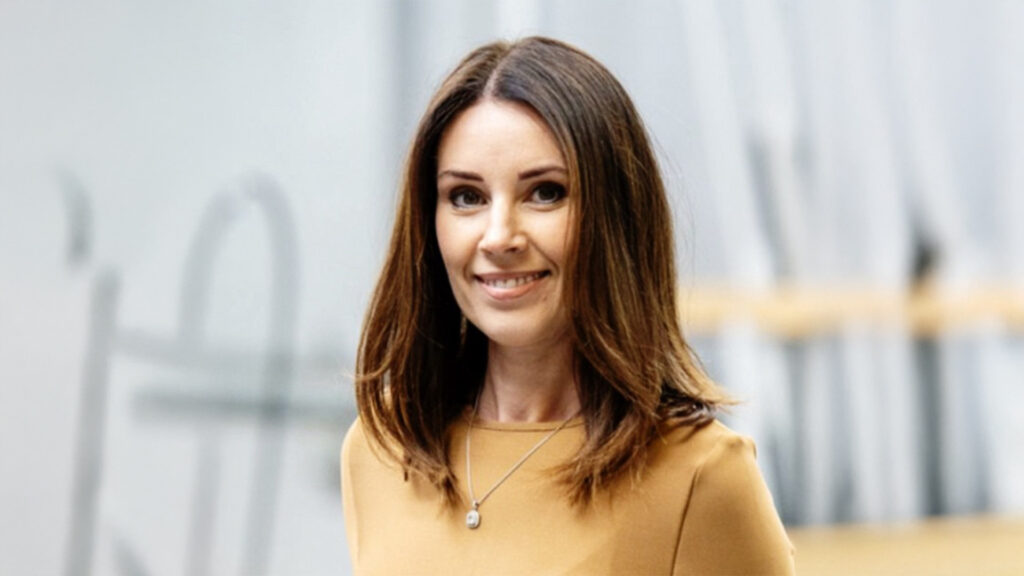The YMCA of Metropolitan Chicago is excited to announce the appointment of Adam M. Alonso as its next President and Chief Executive Officer.
Explore In-Depth CEO Insights and Articles
Explore our extensive collection of articles featuring the latest insights, trends, and success stories from top business leaders. Stay informed with expert analysis and in-depth content that covers a wide range of topics in leadership and innovation. Browse now to stay ahead in the business world.

Browse Our Latest Articles
Explore the latest articles, featuring expert insights, groundbreaking innovations, and success stories from visionary business leaders. From leadership strategies to industry trends, our articles deliver the knowledge you need to stay informed and inspired. Dive in and stay ahead in the ever-evolving world of business leadership.
VoCoVo, the retail communications specialist, has announced key changes to its leadership team.
Let’s be honest: When we talk about growing a business, most people reach straight for the numbers. Forecasts, funding rounds, marketing funnels, profit and loss.
When, in 2020, I committed to rowing 3,000 miles across the Atlantic Ocean, I didn’t fully grasp how much it would change me.
Let’s start by saying that B-Corp is great! It is extremely well thought of and demonstrates a business's commitment to high standards of social and environmental performance, transparency, and accountability.
I started my first business at 26, but by 38, I’d lost everything. I’ve made my fair share of mistakes, the most significant one being the collapse of my first business, in part due to buying a football club.
Growth. Transformation. People. They’re the words you’ll hear in almost every boardroom conversation. CEOs have them top of mind, and rightly so.
Companies often face pressure to stay competitive while managing costs. One way many are achieving this balance is by outsourcing their IT services. This strategy helps businesses save money, access skilled talent, and stay current with technology...
Why Smart CEOs are Shedding the ExcessWhat's your CEO superpower? While legacy business models were all about stability, size and permanence, priorities have shifted to embrace speed and adaptability. Modern CEOs recognise that agility i...
Here’s how CEOs can effectively address and resolve board disagreements while reinforcing a cohesive and productive governance structure.
We interviewed Sholom Sandler, Founder & Director of tailored suit specialists TheSuitman&Co, to discuss leadership, scaling a luxury service, and redefining modern menswear through a mobile business model.
How CEOs Use Seller Financing to Own Commercial PropertySeller financing isn’t just for small residential deals or first-time buyers. It’s a powerful tool CEOs can use strategically to acquire commercial property, control their company...











